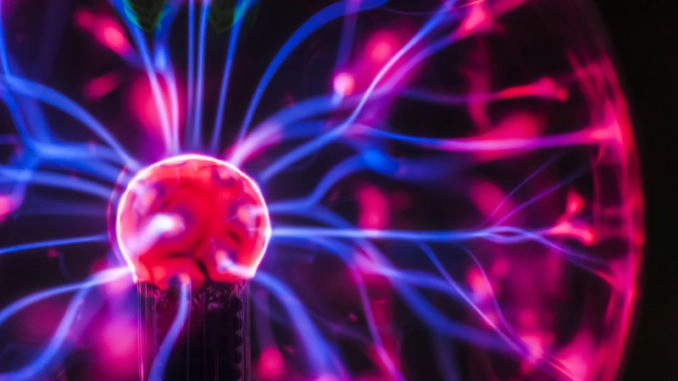
Have you ever noticed that your hair goes all over the place when you put on your jumper? Or do you get a shock when you kiss someone? The culprit is static electricity. And you are going to use this hair-raising concept to make a match move without touching it. Shall we take up the challenge?
You will need:
- One match
- A water or soda bottle cap
- A balloon
- A wool jumper
- A clear glass, with an opening larger than the length of the match
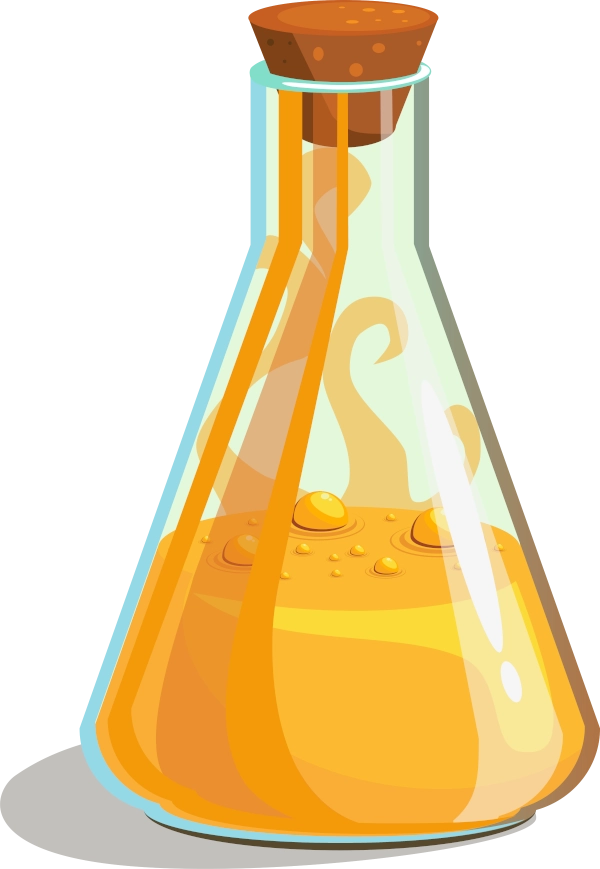
From 5 years

Difficulty : easy

Let's experiment

On a flat surface such as the table, place the cap deftly on its profile

Carefully place a match perpendicular to it. This requires a lot of skill.
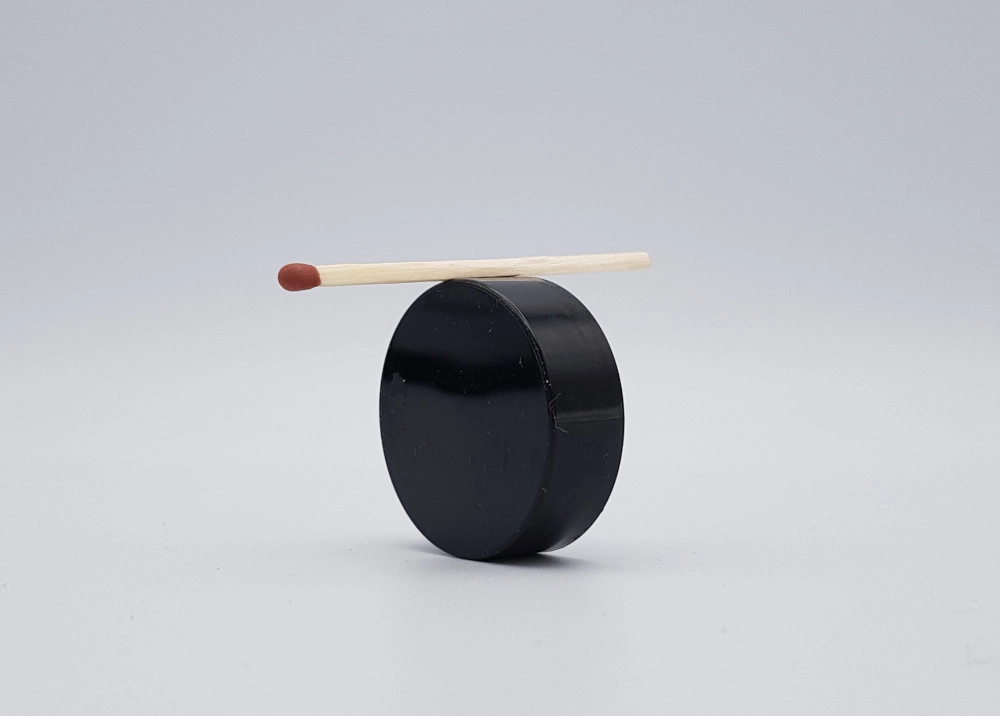

Inflate your balloon and tie a knot to keep the air inside.

Rub your balloon on your jumper and bring it close to the match. What happens? Does it move? Does it fall? Does it rotate?
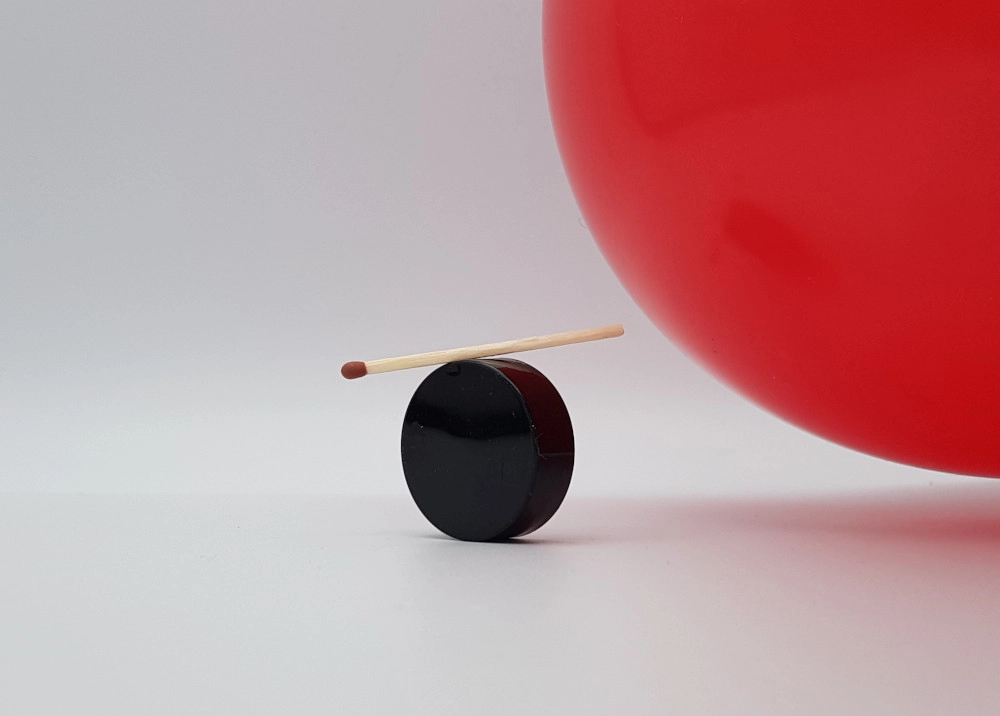

Turn a clear glass over to protect your stack, and repeat the experiment. Does it move again?

Understand the experiment
You don’t touch it, you don’t blow on it, you don’t move the table, and yet your match starts to rotate as soon as you approach the ball. But be careful, you only notice that it moves when you rub the ball on your jumper. Are there any sceptics around you? No problem. You notice that it also works when you protect your assembly with a glass. This proves that it is the balloon that makes the match spin. However, if the match is laid flat on a surface larger than the profile of the cork, your match hardly moves at all. Amazing, isn’t it?

The spinning match trick explained
The phenomenon behind the spinning match trick is called static electricity. By rubbing your balloon on your jumper, you create electrical charges on your balloon. But because they don’t move (your balloon is an insulator), they are said to be static. Unlike the electric current that flows through the cables. But if they don’t move, they still have an effect on their environment.
Charges that repel each other, and others that attract
To understand this phenomenon, you need to know that matter is made up of elements called atoms. Atoms are made up of positive charges in the nucleus, and negative charges that revolve around it. Also remember one important principle: negative charges repel each other, while positive and negative charges attract each other. Your balloon carries static negative charges on its surface. Your match is very light and feels the presence of these charges. The positive charges of the match are attracted by the negative charges of the balloon. That’s why the match moves. Even through the glass.
Electrical forces versus frictional forces, who wins?
Electrical forces versus frictional forces, who wins?
If you place your match on the table, it hardly moves when you approach your balloon. Why does it do that? Because there is more contact between the table and the match, and therefore more friction. Your match is slowed down in its movement even when you approach your statically charged balloon. This does not happen with the cork, because the contact surface is smaller.
Did you know?
Lightning, an example of thunderous static electricity!

Lightning is perhaps the best example of a type of static electricity. It comes from the exchange of charges between ice particles inside clouds. It is certainly the largest and most powerful version of static electricity that we can observe. But beyond natural phenomena, humans have learned to master it to create very useful tools. This is the case with the printer. Electrical charges attract ink to the paper.
Challenge
Test different fabrics to see what happens
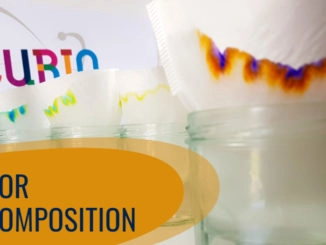
The color decomposition of your markers
The primary colors are cyan, yellow and magenta. Three colors from which all others derive. One way to find out what the color of the felt-tip pens is made of is to play with water, a coffee filter and use the principle of capillary action. […]
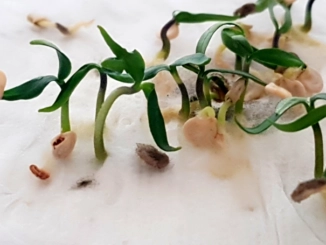
Grow peppers from pepper waste
You’ll never buy pepper seeds for your vegetable garden again with this tip. With this simple experience, you will understand what a seed needs to germinate. Does it need light or dark? Is it possible to germinate them faster? […]

A treasure map with invisible ink
Invisible ink is very useful for drawing treasure maps or writing secret messages. Only those who know chemistry will find a way to reveal your message. Let’s use onion juice to prepare the invisible ink. […]

